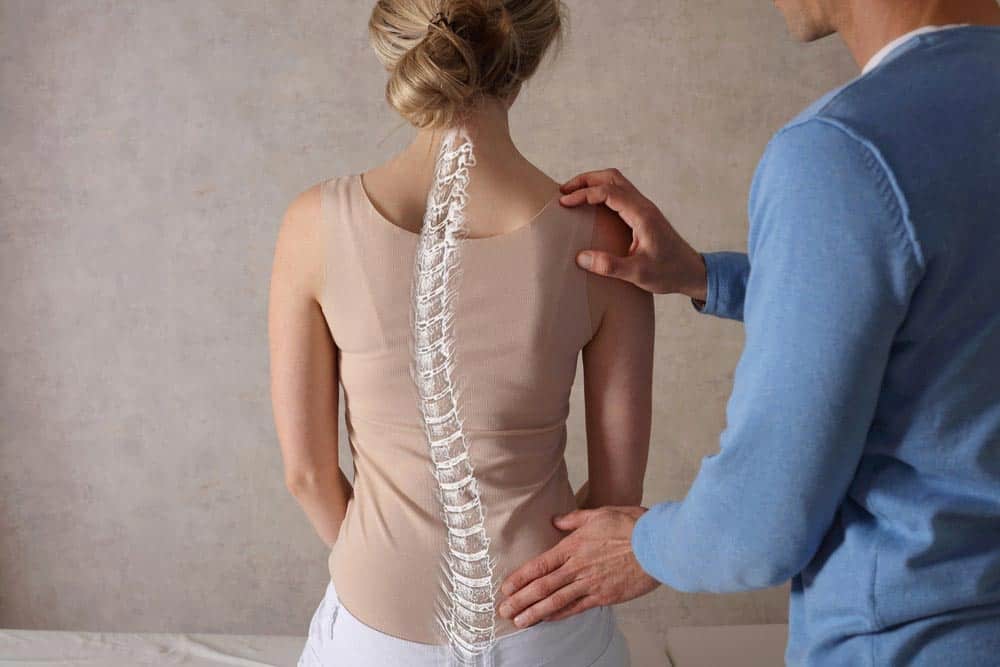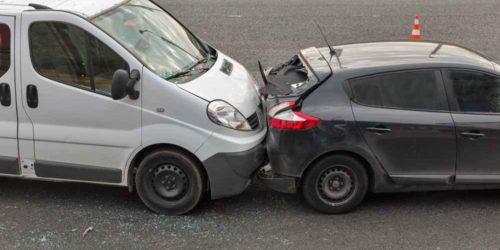Back pain might be something common you hear your friends and family talk about, but that doesn’t mean it is something you should have to just live with. In fact, living with back pain can negatively impact your quality of life and keep you from doing the things you used to enjoy. While you may try pain medications, these typically only provide short periods of relief and do not address the root cause of your back pain. Many people try spinal decompression in Austin for an effective treatment for back pain.
What Is Spinal Decompression?
Spinal decompression therapy is a type of treatment that takes the pressure off of your spine by gently stretching your spine and providing you with lasting pain relief. Spinal decompression is commonly used to address chronic back pain and back pain due to injuries, like herniated discs, sciatica, and spinal stenosis. There are two types of spinal decompression: non-surgical spinal decompression and surgical decompression.
Non-surgical spinal decompression in Austin is a non-invasive treatment option that can sometimes even provide you with instant relief from your back pain. This treatment option is non-invasive because it does not require any medications or injections, and instead uses motorized traction and is operated by your doctor. The spinal decompression table is connected to a computer and has straps that go around your body to secure you safely in place. Then the table moves in ways that allow the position of your spine to change, which also changes the natural amount of pressure and force on your spine.
Surgical spinal decompression is typically reserved for more serious cases of chronic back pain or back injuries. This type of treatment is often viewed as a last resort after you have tried other styles that are more conservative, such as chiropractic care, ultrasound therapy, physical therapy, and non-surgical spinal decompression in Austin. Any type of surgery on the spine is serious and typically involves a longer recovery period.
What Is Spinal Stenosis?
Spinal stenosis is a condition where the spaces between the vertebrae and around the spine start to narrow. This condition is most common in the neck, known as cervical stenosis, or lower back, known as lumbar stenosis. Spinal stenosis can put pressure on nearby nerves, which leads to painful symptoms. Spinal stenosis that occurs at the neck or lower back can come with symptoms like tingling, numbness, and weakness when nearby nerves are affected.
Spinal stenosis is most commonly caused by wear-and-tear on the body and is often associated with osteoarthritis. The condition occurs when the open space in the spine begins to narrow, whether caused by bone overgrowth, herniated discs, or spinal injuries. Spinal stenosis is more common in those over age 50 because of how wear and tear on the body can start to add up with time. Your doctor will typically perform a physical exam to diagnose spinal stenosis and may also utilize diagnostic imaging tests like X-rays, CT scans, or an MRI scan.
How Does Spinal Decompression Help Spinal Stenosis?
When the space in between your vertebrae starts to shrink or become compressed, it can put too much pressure on your spine and nearby nerves. Spinal decompression helps to alleviate pressure on the spine and nerves by gently stretching and allowing for more space. Lumbar stenosis, or spinal stenosis that occurs in your lower back, can make it uncomfortable or even difficult to move from sitting to standing or to even walk around. Non-surgical spinal decompression in Austin can help relieve the tension around your spine and nerves that is causing you so much pain.
In addition to relieving the pressure on your spine due to the narrowing space, non-surgical spinal decompression can also help promote healing by removing barriers that may have been preventing healthy nutrients to reach the affected area. When the spine narrows, it can make it increasingly difficult for water and nutrients to make their way through to these nerves and spinal discs, which can exacerbate your pain. Spinal decompression can help nurture a healthier environment for your spine and nerves so they can function optimally.
If you are looking for a treatment that will provide you with lasting pain relief from back pain and spinal stenosis, then visit Pro-Care Medical Center near you. We offer spinal decompression in Austin and you can schedule an appointment today to find out whether this treatment is right for you!




